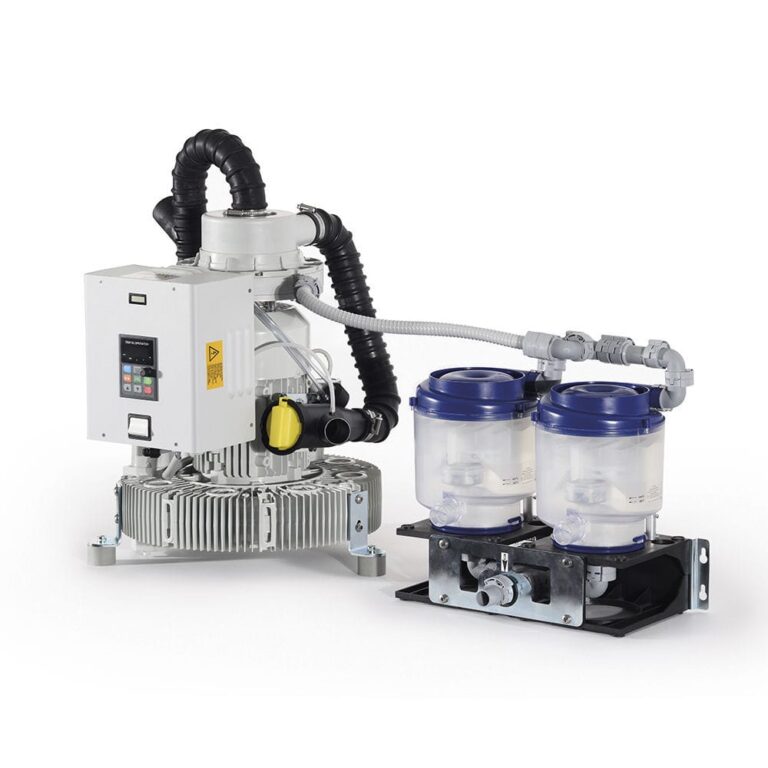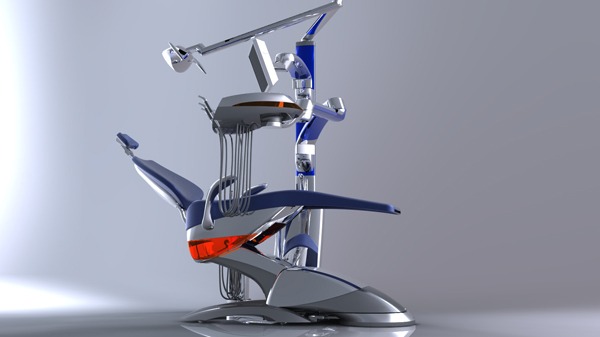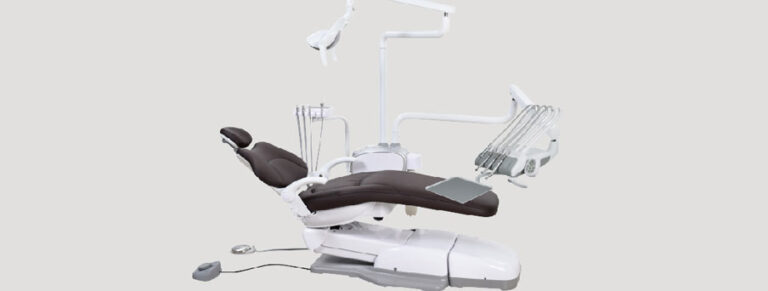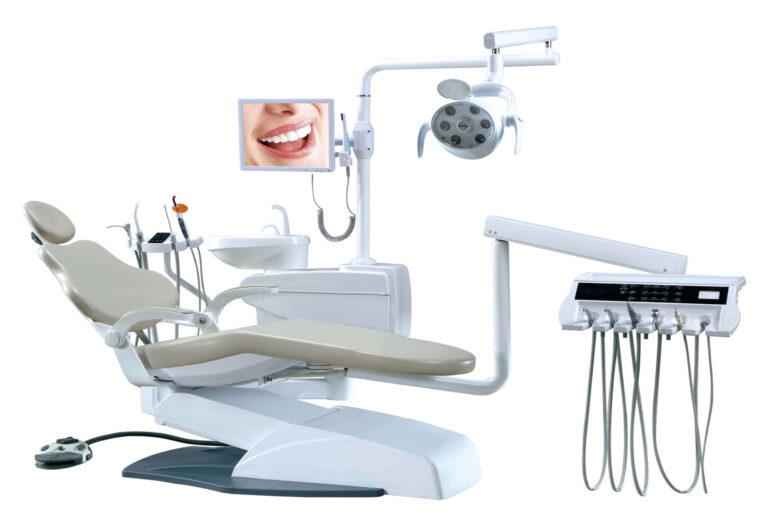Dental X-ray chairs are an essential component of modern dental practices, providing a comfortable and stable platform for patients during radiographic examinations. These specialized chairs are designed to facilitate the accurate positioning of patients and the efficient capture of high-quality dental X-ray images. In this comprehensive guide, we will explore the key features of dental X-ray chairs and how they contribute to optimal patient care and diagnostic outcomes.
Ergonomic Design for Patient Comfort
One of the primary considerations when selecting a dental X-ray chair is patient comfort. Ergonomic design is crucial to ensure that patients remain relaxed and still throughout the imaging process, minimizing the risk of motion artifacts and reducing the need for retakes.
Key ergonomic features to look for in a dental X-ray chair include:
- Adjustable headrests: An adjustable headrest allows for proper alignment of the patient’s head and neck, ensuring comfort and stability during the X-ray procedure.
- Contoured backrest: A contoured backrest provides lumbar support and promotes proper spinal alignment, reducing the likelihood of patient discomfort or fatigue.
- Padded armrests: Padded armrests offer additional support and help patients maintain a relaxed posture, minimizing the risk of shoulder and arm strain.
Flexibility and Adjustability for Optimal Positioning
Dental X-ray chairs must offer a high degree of flexibility and adjustability to accommodate patients of various sizes and to facilitate the capture of different types of dental X-rays, such as bitewing, periapical, and occlusal images.
Essential adjustability features include:
- Height adjustment: A chair with a wide range of height adjustment allows for the proper positioning of patients of different statures, ensuring that the X-ray beam is correctly aligned with the target area.
- Reclining backrest: An adjustable backrest that can be positioned at various angles is essential for capturing X-rays of the upper and lower jaws, as well as for accommodating patients with limited mobility.
- Rotating base: A rotating base enables the chair to be easily maneuvered for different X-ray projections, such as lateral or oblique views, without the need to reposition the patient.
Integration with X-Ray Equipment
Dental X-ray chairs are designed to seamlessly integrate with X-ray equipment, such as intraoral X-ray units and panoramic X-ray machines. This integration ensures efficient workflow and optimal image quality.
Important integration features include:
- Mounting options: Dental X-ray chairs should offer compatible mounting options for various types of X-ray equipment, allowing for secure and stable attachment of the X-ray source and receptor.
- Sensor compatibility: Chairs designed for digital X-ray systems should be compatible with a range of digital sensors or phosphor plates, ensuring flexibility in the choice of imaging technology.
- Cable management: Integrated cable management systems help to keep power cords and data cables organized and out of the way, reducing the risk of tripping hazards and enhancing the overall aesthetics of the operatory.
Infection Control and Ease of Cleaning
Dental X-ray chairs are subject to the same infection control protocols as other dental equipment, and as such, they must be designed with ease of cleaning and disinfection in mind.
Key infection control features include:
- Seamless upholstery: Chairs with seamless upholstery or removable covers facilitate thorough cleaning and disinfection between patients, minimizing the risk of cross-contamination.
- Antimicrobial surfaces: Some dental X-ray chairs feature antimicrobial surfaces or coatings that inhibit the growth of bacteria and other microorganisms, providing an additional layer of protection against the spread of infection.
- Accessible components: Chairs with easily accessible components, such as removable headrests or armrests, allow for more efficient cleaning and maintenance.
Durability and Longevity
Investing in a high-quality dental X-ray chair is a long-term commitment, and it is essential to choose a product that is built to withstand the rigors of daily use in a busy dental practice.
Factors that contribute to the durability and longevity of a dental X-ray chair include:
- Sturdy construction: Chairs made from high-grade materials, such as stainless steel or aluminum, offer superior strength and resistance to wear and tear.
- Reliable mechanics: High-quality hydraulic or electric lift systems ensure smooth and precise chair movements, minimizing the risk of mechanical failures.
- Warranty and support: Choosing a dental X-ray chair from a reputable manufacturer with a comprehensive warranty and responsive customer support can provide peace of mind and ensure that any issues are promptly addressed.
Conclusion
Dental X-ray chairs play a crucial role in the delivery of high-quality dental care, providing a comfortable and stable platform for patients during radiographic examinations. By understanding the key features of these specialized chairs, including ergonomic design, adjustability, integration with X-ray equipment, infection control, and durability, dental professionals can make informed decisions when selecting the best chair for their practice.
Investing in a well-designed and reliable dental X-ray chair can contribute to improved patient comfort, enhanced diagnostic accuracy, and increased efficiency in the dental operatory. As technology continues to advance, it is essential for dental professionals to stay informed about the latest innovations in dental X-ray chairs and to choose products that align with their practice’s needs and goals.
By prioritizing patient comfort, optimal positioning, seamless integration, infection control, and long-term durability, dental professionals can ensure that their X-ray chairs serve as a valuable asset in the delivery of exceptional oral healthcare.
What are Dental X-Ray Chairs?
Dental X-Ray Chairs are specialized chairs designed to provide comfort and stability for patients during dental X-ray procedures. They often feature adjustable settings, high-density foam for comfort, and a sturdy base for safety.
What are the key features of Dental X-Ray Chairs?
Key features of Dental X-Ray Chairs include adjustable headrests, seat height adjustment mechanisms, large cushion seats, and sturdy bases. Some models also feature a swivel function that locks into any desired position, and hydraulic or pneumatic pumps for easy height adjustment.
How do Dental X-Ray Chairs enhance patient comfort during X-ray procedures?
Dental X-Ray Chairs enhance patient comfort with their adjustable settings and high-density foam. The chairs can be adjusted to suit individual patient needs, reducing anxiety and discomfort during X-ray procedures. The use of high-quality materials also ensures a comfortable seating experience.
How do Dental X-Ray Chairs contribute to the efficiency of dental procedures?
Dental X-Ray Chairs contribute to the efficiency of dental procedures by providing a stable and comfortable position for patients. This allows dental professionals to perform X-ray procedures more effectively and accurately, leading to better patient outcomes.
Where can I purchase Dental X-Ray Chairs?
Dental X-Ray Chairs can be purchased from various dental equipment suppliers, both online and in physical stores. It’s important to consider the specific needs of your dental clinic and the comfort of your patients when choosing a chair. Always ensure to check the product specifications and reviews before making a purchase.






